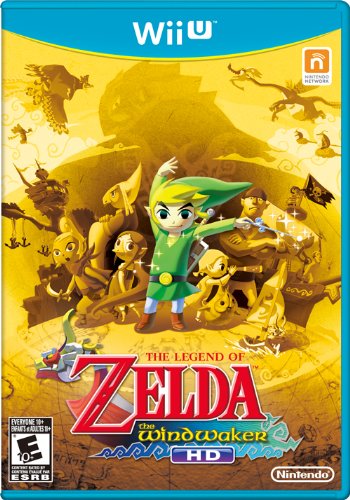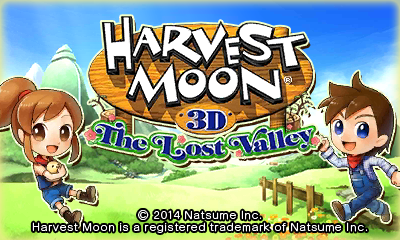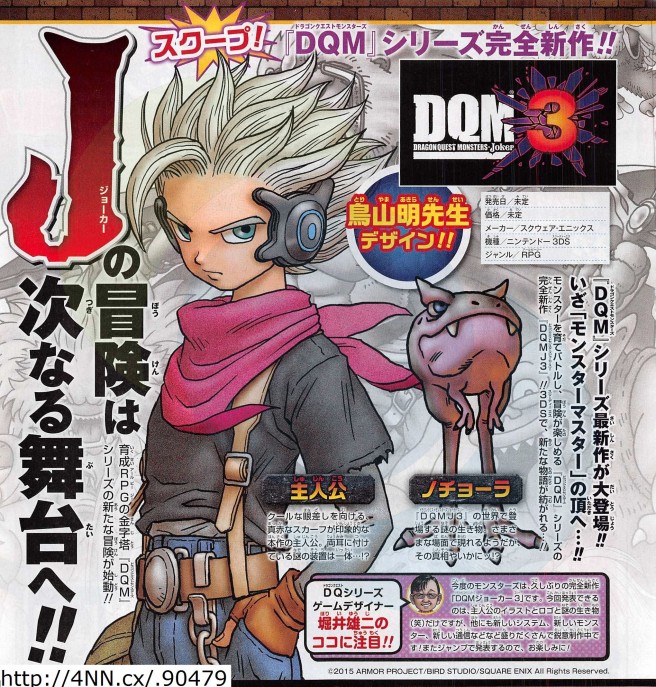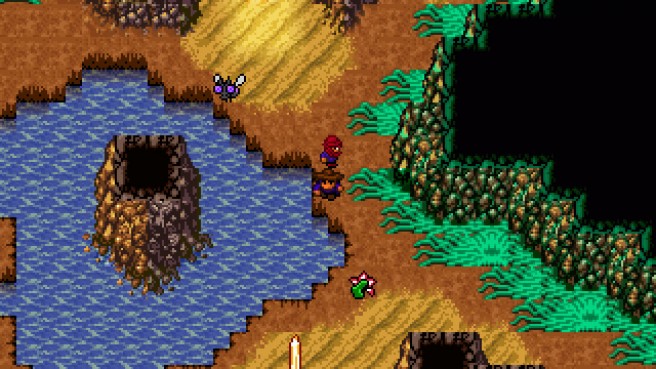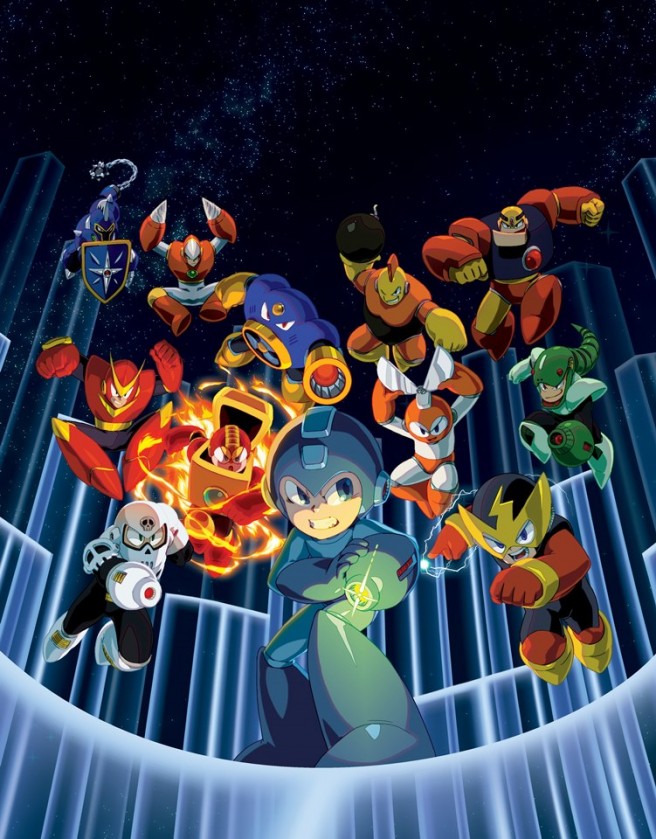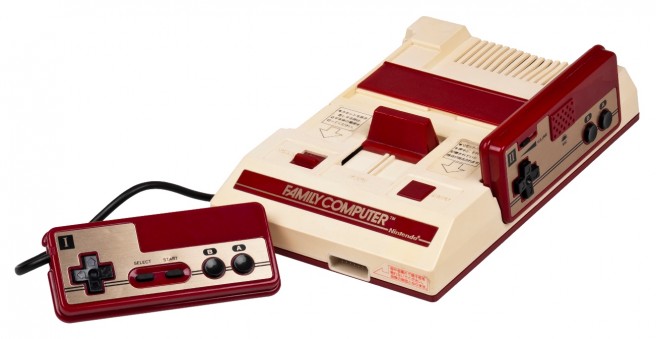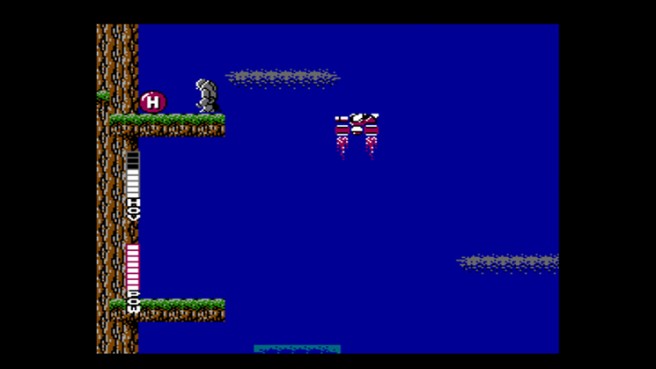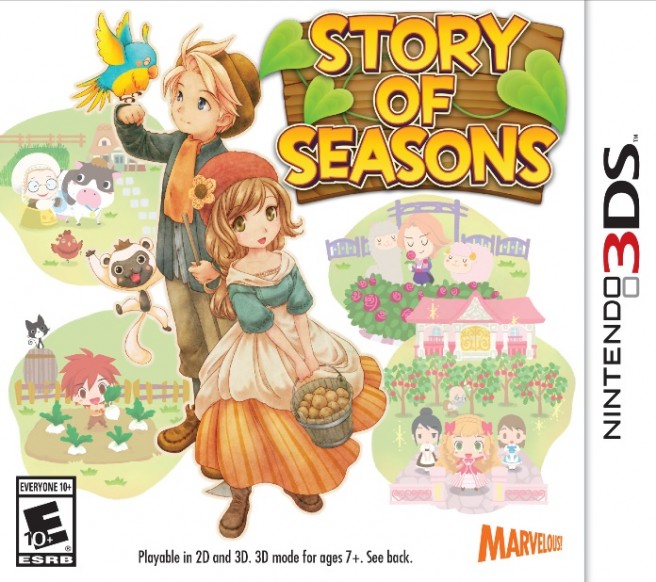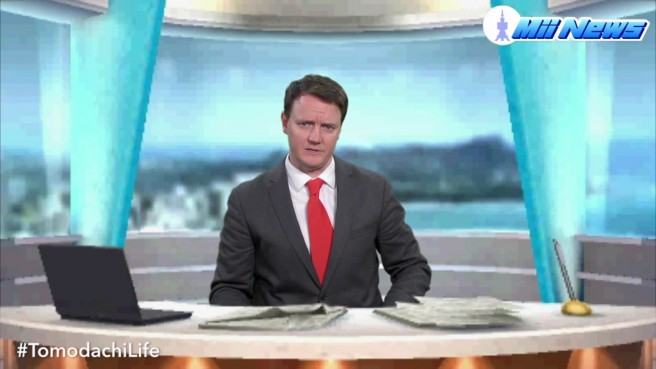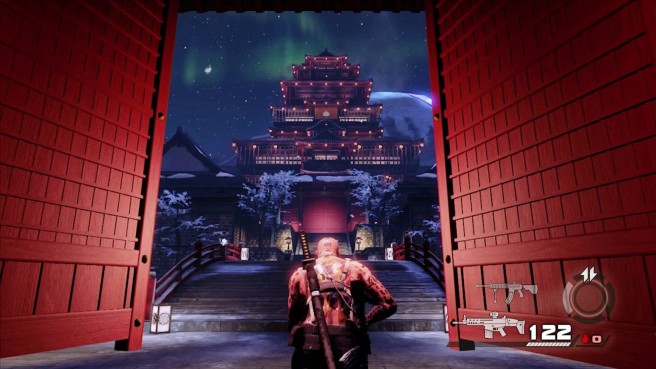Amazon: Zelda: Wind Waker HD for $39
Posted on 10 years ago by Brian(@NE_Brian) in News, Wii U | 1 Comment
The Legend of Zelda: The Wind Waker HD has been discounted on Amazon. While it normally goes for $50, it can be yours for only $38.99. You can place an order here if interested.
New Harvest Moon: The Lost Valley patch out now
Posted on 10 years ago by Brian(@NE_Brian) in 3DS, News | 0 comments
Natsume has updated Harvest Moon: The Lost Valley with a new patch. Version 1.1 is out now for all North American owners.
Here’s a breakdown of the patch straight from Natsume:
Thanks to all the fans who provided feedback for The Lost Valley to make it even better: a new patch has arrived for #HarvestMoon: The Lost Valley! Your North American copy of the game should automatically prompt you to download Version 1.1, which includes:
Improved Harvest Sprites~ Earn friendship faster, and watch them do way more work!
Improved Watering Can: 50 wasn’t enough, so now it holds 200!
Change in dog’s behavior: Some of Fido’s naughty habits have been minimized!
Minor tweaks to code that should improve gameplay!
There hasn’t been any news about the patch being available in Europe, but we’ll let you know if we hear otherwise.
Dragon Quest Monsters: Joker 3 – higher-quality scan, comment from Yuji Horii
Posted on 10 years ago by Brian(@NE_Brian) in 3DS, News | 3 Comments
Dragon Quest Monsters: Joker 3 was revealed for 3DS in the latest issue of Jump. A higher-quality scan is attached above, and we also have a comment from series creator Yuji Horii.
Here’s what he shared with the magazine:
“For the latest Monsters, it’s Dragon Quest Monsters Joker 3, a completely new entry in the series after a while. For the current announcement, I only have an illustration of the hero and logo, as well as a mysterious creature (laughs), but in addition to new systems, new monsters, and new communications, we’re diligently developing the game with all sorts of stuff.”
Akira Toriyama designed the protagonist for Dragon Quest Monsters: Joker 3. Jump also shows Nochora, a mysterious creature that will appear in various scenes.
Dragon Fantasy: The Volumes of Westeria coming to Wii U/3DS on July 23, supports cross-buy
Posted on 10 years ago by Brian(@NE_Brian) in 3DS eShop, News, Wii U eShop | 5 Comments
Choice Provisions has revealed that Dragon Fantasy: The Volumes of Westeria is making its way to the eShop on July 23 on both Wii U and 3DS. Cross-buy is supported, so if you purchase one version, you’ll get the other one for free.
Choice Provisions announced via Twitter a few minutes ago:
Dragon Fantasy: The Volumes of Westeria is hitting 3DS and Wii U on 7/23! And it will be cross-buy! (Please RT!) https://t.co/O8HdL6aj1l
— Choice Provisions (@TotallyChoice) July 15, 2015
Dragon Fantasy: The Volumes of Westeria is the first entry in the Dragon Fantasy series. The second game is also expected on the eShop at some point.
Mega Man Legacy Collection screenshots and details
Posted on 10 years ago by Brian(@NE_Brian) in 3DS eShop, News, Screenshots | 3 Comments
Our last look at Mega Man Legacy Collection in screenshot and video form was from an early version of the game. Capcom has now published new images and details to highlight the game’s updated build.
Continue on below for today’s latest content. Additionally, keep an eye on this page for a live stream happening tomorrow starting at 4 PM PT / 7 PM ET.
Challenge Mode: At E3 we had six challenges ready to play. The final game will have more than 50 challenges, each with their own leaderboard and video replay functionality. During Thursday’s stream I’ll run through a few new ones just to show ’em off, but for more examples take a peek at the screens above and below. A certain amount will be open from the start. To access more, you’ll need to obtain at least a Bronze medal in a handful of challenges. As you can see, the above challenges are not available until I S T E P U P.
Museum: The exhaustive museum is loaded with MM1~6 art, acting both as a great bonus feature and as a form of digital preservation. That actually ties into the “philosophy” behind MMLC – focus on the original six titles and get them running in a beautiful format, then surround them with of-the-era art and fliers to really complete the “time capsule” feeling.
Flicker/Slowdown: For the most part, much of the original flicker and slowdown is still present in MMLC. The games have software-level flicker/slowdown that was programmed into the games, and continuing with the philosophy of developing this title, the games are being historically preserved as they were originally coded and designed. However, certain hardware limitations that were not part of the code have been addressed, such as life bar flickering during the Copy Robot battle in Mega Man 1, or Mega Man flickering when two horns rise up from the Goblins in Air Man’s stage. Visual hiccups like this weren’t part of the code, and were instead restrictions imposed by the hardware.
Filters: While one of the biggest draws of MMLC is the crystal clear picture, we’ve also enabled some Tube TV-style filters that can metaphorically teleport you back to the days of crappy screens and blurry… everything! So if you’d like to experience the games with scan lines and some ghosting effects, go nuts!
Screen display: At E3 we streamed the game in its “Full” format (see above). Since then we’ve added an additional viewing mode called “Original.” We also have a 16:9 stretch mode just to round out the options for folks who want to play that way.
Original: The sharpest possible image that maintains the original game’s intended aspect ratio. Sharp as a tack!
Full: The Original picture stretched to fit the screen vertically. This is how the game was presented at E3, which is still quite clean but the “stretch” does introduce a minor blur since this is not its native form.
Borders: We showed this at E3 but didn’t post screenshots, so this may be the first time some of you see optional borders that will fill the sides of the screen. They’re themed for each Mega Man game! The top screen is in “Original” mode, while the bottom is “Full” – since the Original screen takes up less space, the more of the border is seen.
Database: Each game has its own database that contains enemy images, descriptions and flavor text. From here you can also battle each of the Robot Masters using any weapon from the respective game as sort of a “practice run” that lets you get their patterns down before tackling them in the full game.
Music player: And finally, all six soundtracks are included via a handy music player! Some of gaming’s greatest OSTs, without a doubt.
More: Capcom, Mega Man Legacy Collection
Famicom’s 32nd birthday is today
Posted on 10 years ago by Brian(@NE_Brian) in General Nintendo, News | 9 Comments
Did you know that the Famicom launched in Japan 32 years ago? The console debuted back on July 15, 1983, and it later came overseas as the NES. It’s because of the Famicom that we received hits such as Super Mario Bros., The Legend of Zelda, and more.
Do you guys have a favorite Famicom/NES game? Let us know in the comments below.
Blaster Master hitting the North American Wii U Virtual Console tomorrow
Posted on 10 years ago by Brian(@NE_Brian) in News, Wii U eShop | 0 comments
Nintendo’s website is listing Blaster Master for release on the North American Wii U Virtual Console tomorrow. The game will be sold for $4.99.
Here’s the official overview:
Jason, in search of his pet frog named Fred, has fallen down a manhole into a world of danger. Mutant-sized creatures of which the likes he never imagined, await him at every turn. In order to survive, Jason must pair up with an armored combat vehicle codenamed SOPHIA. It’s panic or perish as you blast through an endless maze of tunnels, seeking secret passages for an escape. Destroy the Plutonium Boss and his mutant cronies before these warlords destroy the Earth. Load up your arsenal, and get ready for the final encounter!
Blaster Master previously came to the North American 3DS Virtual Console last July.
More: Blaster Master, Virtual Console
Story of Seasons sells over 100,000 copies in North America
Posted on 10 years ago by Brian(@NE_Brian) in 3DS, News | 2 Comments
Story of Seasons has sold over 100,000 copies in North America, XSEED Games has announced. It’s the company’s fastest-selling title. It beat out Rune Factory 4 for the latter record, which has gone on to sell more than 160,000 copies in North America.
“We are truly humbled by the outpouring of support for Story of Seasons,” XSEED Games executive vice president Ken Berry said. “We hope to give back to our fans by continuing the magic of Story of Seasons with the recently announced Return to PopoloCrois: A Story of Seasons Fairytale, which features a heartwarming story based on the Japanese PopoloCrois Story manga series alongside the tried-and-true farming and life simulation elements of Story of Seasons.”
Story of Seasons has seen just under four months of sales. XSEED published the title in North America on March 31.
Source: XSEED Games PR
More: marvelous, Story of Seasons, top, XSEED Games
Bill Trinen apparently no longer participating in EVO 2015’s Smash Bros. Wii U tournament
Posted on 10 years ago by Brian(@NE_Brian) in News, Wii U | 22 Comments
Nintendo’s Bill Trinen no longer appears to be playing in EVO 2015’s upcoming Super Smash Bros. for Wii U tournament. Writing on Twitter, Trinen explained that he has “had a change of plans after the news this week” – almost certainly a reference to the passing of Satoru Iwata.
While Trinen won’t be participating in the Smash Bros. Wii U tournament, he will still “be watching and cheering from afar.” Perhaps next year will allow for his entry at the event.
@GameplayDev @evo2k Unfortunately I have had a change of plans after the news this week, but I will be watching and cheering from afar.
— Bill Trinen (@trintran) July 15, 2015
More: Bill Trinen, EVO 2015
Another couple of Devil’s Third videos
Posted on 10 years ago by Brian(@NE_Brian) in Videos, Wii U | 53 Comments
Two more videos have come in for Devil’s Third. Both have been posted below.
